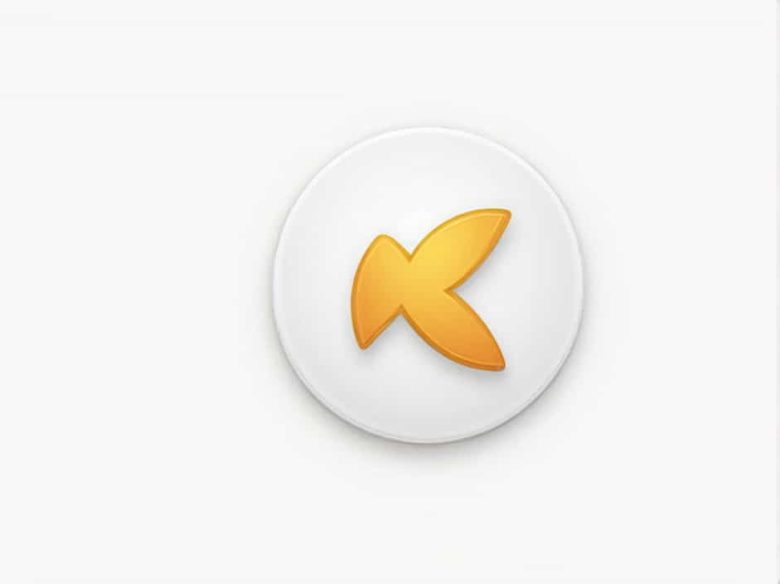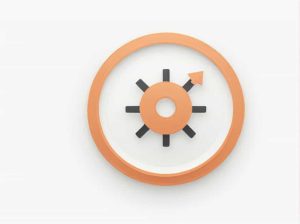Before adopting the euro (€) as its official currency Finland used the Finnish markka (FIM). The transition from the markka to the euro was a significant event in the country’s economic history. One euro was officially set to equal 5.94573 Finnish markka when Finland joined the Eurozone in 2002.
This topic explores the history of the Finnish markka the reasons behind Finland’s switch to the euro and the impact of this change on the economy.
The History of the Finnish Markka
1. Introduction of the Markka
The Finnish markka was introduced as the official currency of Finland in 1860 replacing the Russian ruble. It remained in circulation for over 140 years undergoing several changes including revaluations and inflation adjustments.
2. Exchange Rate Adjustments
Throughout its history the markka was pegged to different international currencies:
- Initially linked to the Russian ruble.
- Later pegged to the gold standard in the early 20th century.
- Tied to a basket of international currencies in the 1970s and 1980s.
- Floating freely in the 1990s before the euro transition.
Finland’s Transition to the Euro
1. Why Did Finland Adopt the Euro?
Finland joined the European Union (EU) in 1995 and later decided to adopt the euro for several reasons:
- Economic Stability: The euro provided a more stable currency compared to the fluctuating markka.
- Easier Trade: Using the same currency as other European countries reduced transaction costs.
- Stronger Financial Integration: Being part of the Eurozone allowed Finland to align with the European Central Bank’s policies.
2. The Official Exchange Rate
When Finland switched to the euro on January 1 2002 the fixed exchange rate was:
1 euro (€) = 5.94573 Finnish markka (FIM).
This conversion rate was used to ensure a smooth transition from the old currency to the new one.
3. How the Transition Affected Daily Life
The adoption of the euro impacted both businesses and consumers:
- Prices were displayed in both markka and euros for a transition period.
- Some Finns initially found it difficult to adjust to the new currency.
- Rounding effects made some products feel more expensive in euros.
Economic Impact of the Currency Change
1. Benefits of the Euro Adoption
- Lower Interest Rates: Finland benefited from lower borrowing costs due to Eurozone monetary policies.
- Increased Investment: Foreign investors found it easier to do business in Finland.
- Stronger European Integration: The euro strengthened Finland’s role in the European market.
2. Challenges of Switching to the Euro
- Loss of Independent Monetary Policy: Finland could no longer adjust its interest rates independently.
- Initial Price Increases: Some consumers felt that prices rose after the currency switch.
Can You Still Exchange Finnish Markka?
Although the markka is no longer in circulation the Bank of Finland still allows currency exchange for euros. However there is a deadline for exchanging old banknotes and coins.
The Finnish markka was replaced by the euro at a fixed exchange rate of 5.94573 markka per euro in 2002. While the transition brought some challenges it ultimately strengthened Finland’s economy and integration into the European market. Today the euro is well established as Finland’s currency marking a significant milestone in the country’s financial history.



